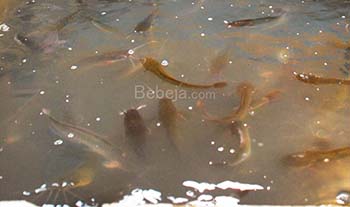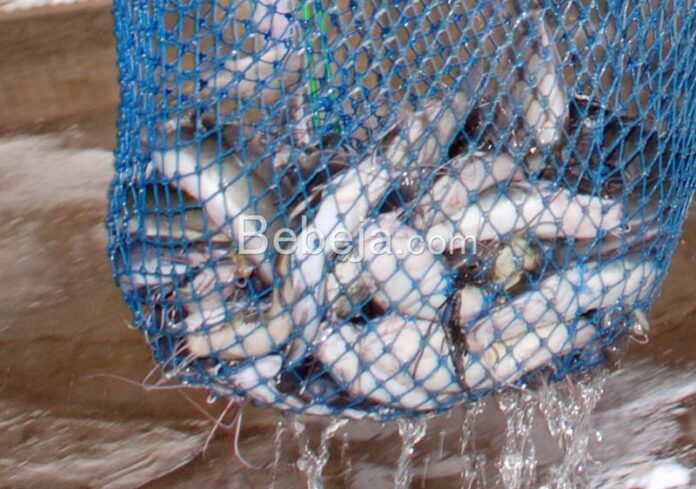Feeding catfish should be done with care to ensure optimal growth. Fish growth occurs when the amount of feed energy exceeds the fish’s growth needs. If the feed energy is insufficient, the fish growth process is disrupted, potentially leading
to delayed catfish harvest time. To avoid this, adjust the feeding to the age of the fish. Research suggests that catfish feed should contain 7.4-12 kcal/gram to meet their energy requirements.
Farmers need to understand the division of fish feed types based on their form, source, and contribution to fish growth. The form of catfish feed varies, including solutions, flour, and granules, which are adjusted according to the age and ability of the fish to consume.
The solution form is used as a feed for larvae aged 2-20 days, with ingredients such as duck or chicken egg yolk, added vitamins, and minerals. There are two types of feed solution: emulsion and suspension. In emulsion feed, the dissolved material is mixed with the solvent water. This is different from a suspension, where the dissolved material is not mixed with the solvent water.
 Next, we have powdered feed or meals. This type of feed has a composition similar to the feed used for catfish enlargement and is typically used as feed for fry aged 20-40 days. The powdery feed is obtained by grinding the finished feed. Once the fry reaches the age of 40-80 days, they can be given granular feed.
Next, we have powdered feed or meals. This type of feed has a composition similar to the feed used for catfish enlargement and is typically used as feed for fry aged 20-40 days. The powdery feed is obtained by grinding the finished feed. Once the fry reaches the age of 40-80 days, they can be given granular feed.
As the catfish reaches the age of 80-120 days, they can be given feed in the form of crumbles. This feed is obtained by coarsely crushing the finished feed. Additionally, pellet feed is used during the enlargement stage of fish growth. Catfish that consume pellet feed require an open mouth size of at least 2 mm, with an average pellet size of 1 mm. As the catfish grows and its mouth size increases, so should the pellet size.
